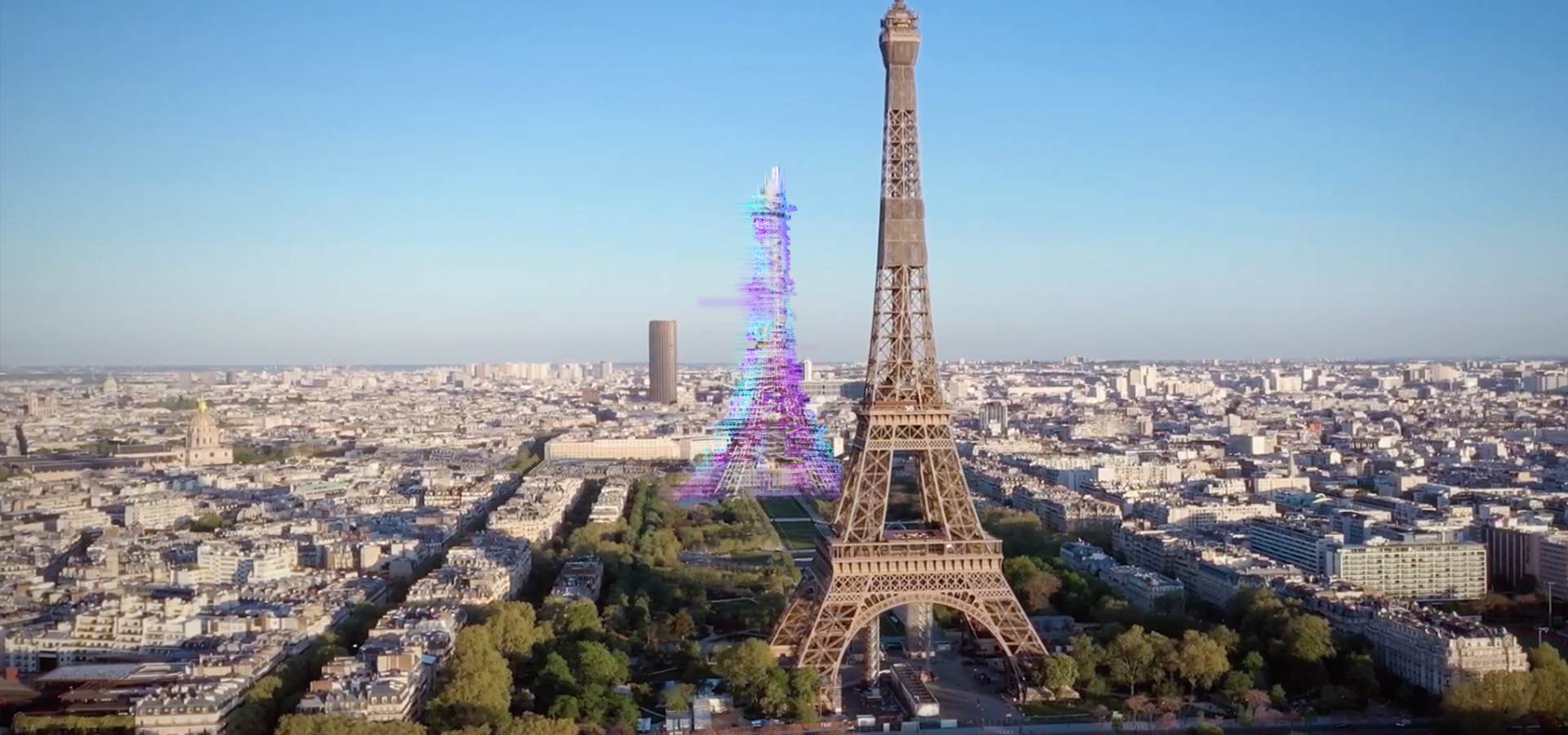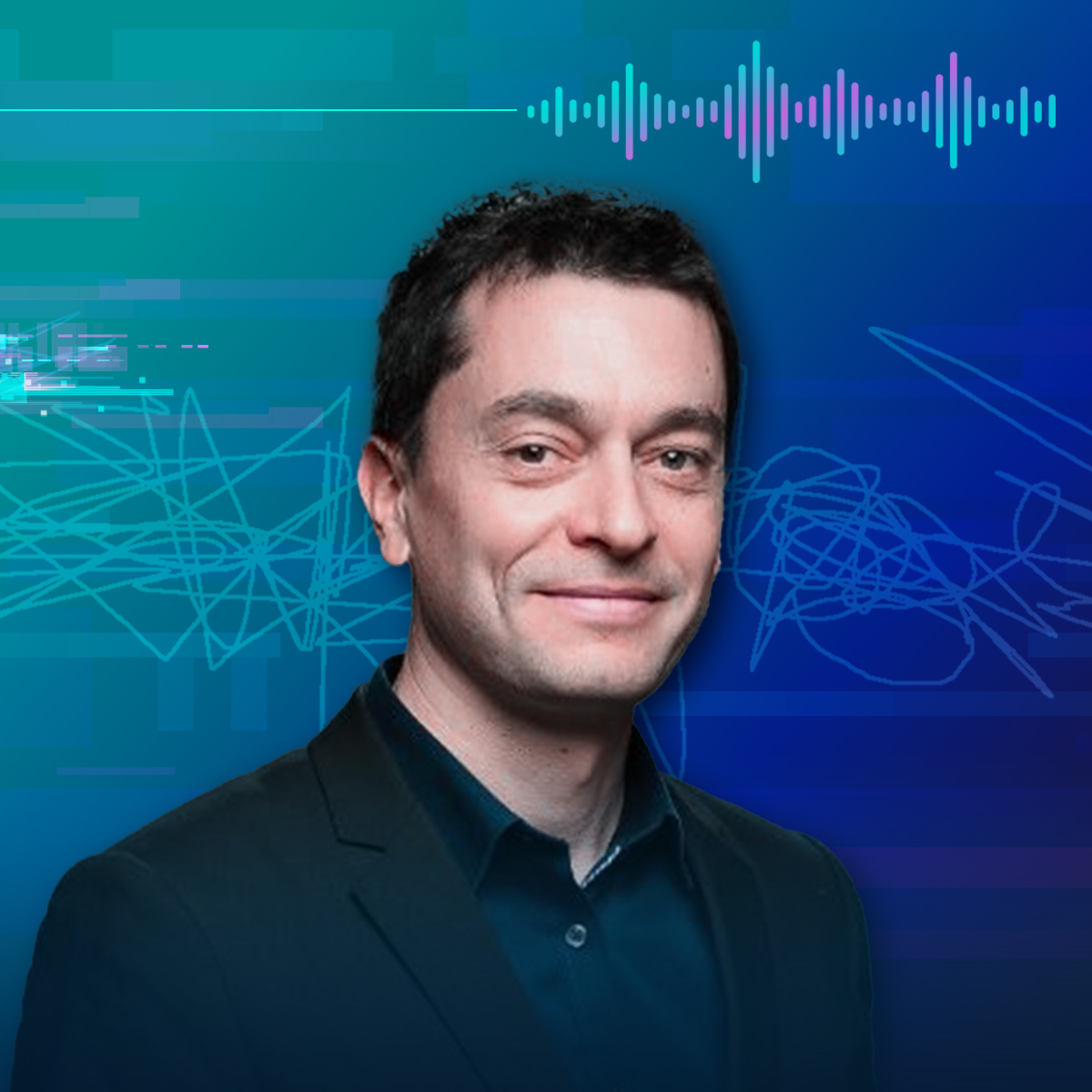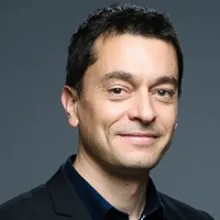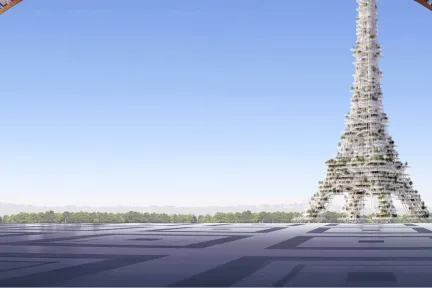#16: What Goes Into Building a Sustainable Tower?
How can the virtual twin help reduce the environmental impact of building a sustainable tower? Bastien Hillen from Dassault Systèmes has the answer.
#16: What Goes Into Building a Sustainable Tower?
What goes into building a sustainable tower? How can the virtual twin help reduce the environmental impact of building this tower? Get the answer to these questions and more in this episode.
This episode is part of the Building Tomorrow project. Click here to find out more.
Meet our speakers
“I believe carbon neutrality is possible in the long term thanks to the virtual twin, because you can constantly find new ways to optimize things and get progressively to neutrality.”
— Bastien Hillen
Read the transcript
Narrator: This is Disruptors Unleashed, a series that explores the disruptive technologies shaping our world. We are continuing our coverage of the Building Tomorrow project, a monumental project that aims to reimagine the iconic Eiffel Tower as a sustainable tower of tomorrow, redesigned in accordance with today's sustainability principles, and utilizing the latest digital solutions and technical capabilities.
Today, we are joined by Bastien Hillen, Sustainability Value Expert at Dassault Systèmes, as he talks about designing the new tower's entire operations model and life cycle using the 3DEXPERIENCE platform. Welcome.







